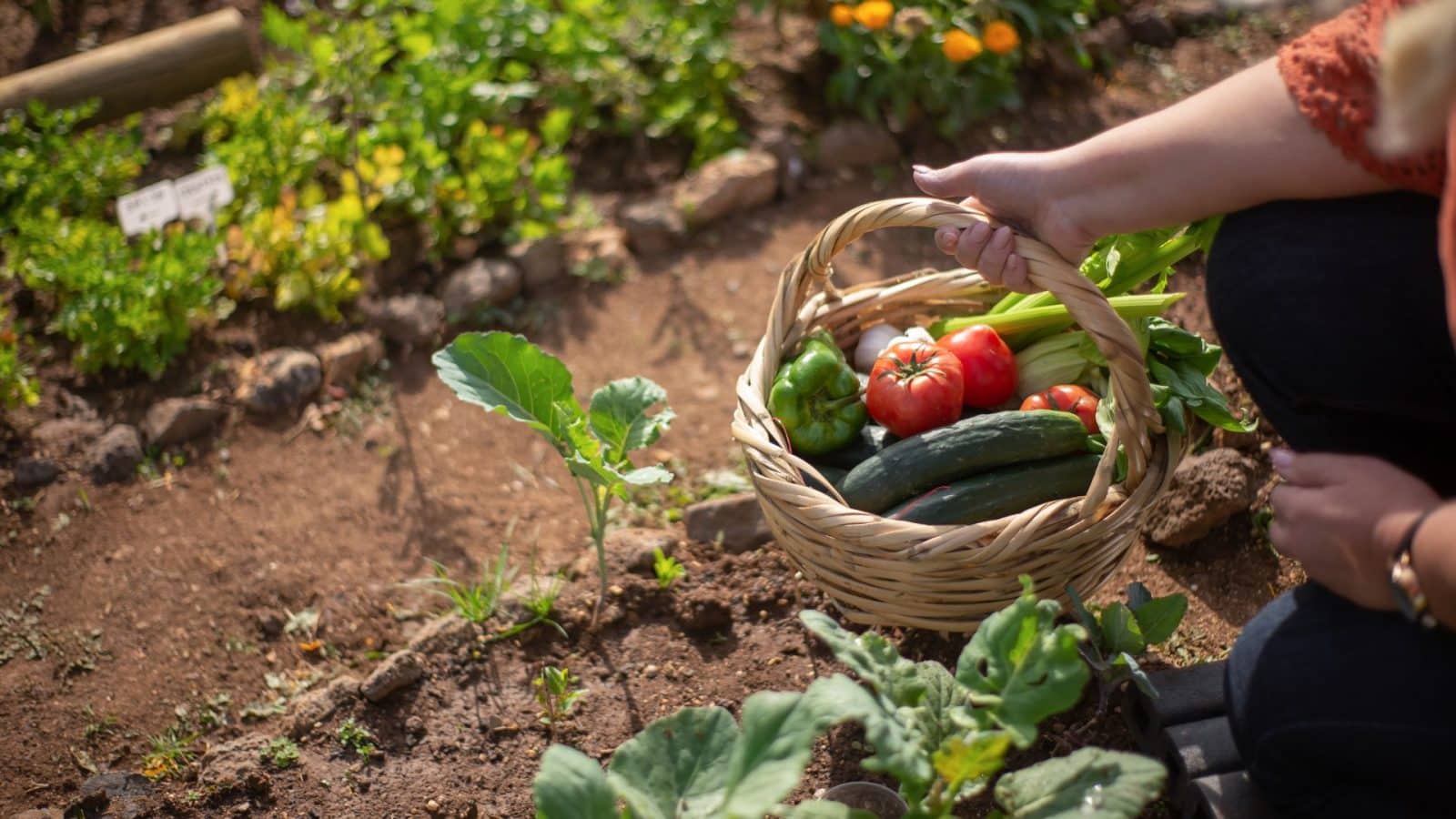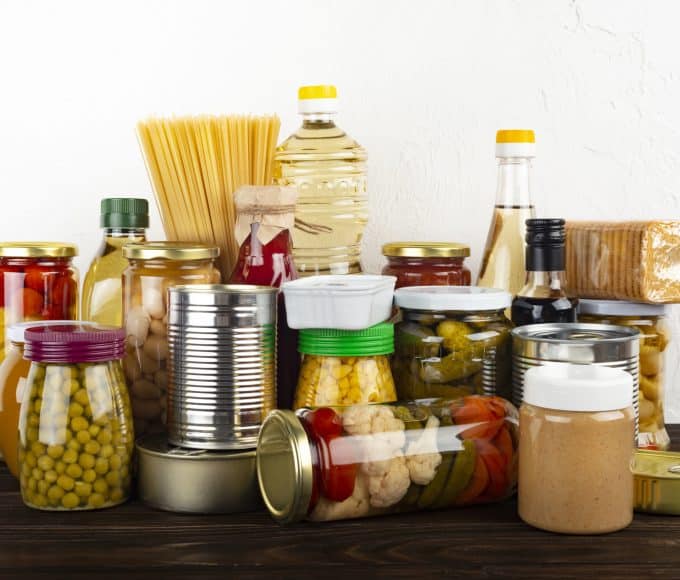There’s nothing quite as satisfying as growing your own food. Whether you’re a beginner or an experienced gardener, knowing how to start a vegetable garden will provide you with fresh, flavorful produce right in your backyard. Gardening not only helps you save money on groceries, but it also allows you to control the quality of what you eat. Plus, the joy of harvesting your own vegetables is unmatched.
Step 1: Choose the Right Location
Before you start a vegetable garden, selecting the perfect spot is crucial. Vegetables need at least six to eight hours of sunlight per day, so pick an area with plenty of direct sunlight. Ensure the location has well-draining soil to prevent waterlogging, which can harm plant roots. If your yard has poor soil, consider raised garden beds or container gardening.
Step 2: Plan Your Garden Layout
A successful garden starts with a good plan. Consider which vegetables you want to grow based on your climate and the available space. Some vegetables, like tomatoes and peppers, need more room to grow, while leafy greens and root crops require less space. When planning your layout, it’s also a good idea to incorporate drought-resistant plants such as rosemary, sage, and certain varieties of kale, especially if you live in an area prone to dry conditions.
Step 3: Prepare the Soil
To start a vegetable garden that thrives, you need healthy soil. Begin by loosening the soil and removing any weeds or debris. Adding compost or organic matter will improve soil fertility, helping your plants grow strong and productive. A soil test kit can help you determine whether you need to add nutrients like nitrogen, phosphorus, or potassium to create the ideal growing conditions.
Step 4: Select Your Vegetables and Plant Them
Now comes the exciting part—choosing which vegetables to grow! For beginners, easy-to-grow crops like lettuce, radishes, carrots, and zucchini are great options. Be sure to follow planting guidelines regarding spacing and depth. Some vegetables, like beans and cucumbers, do well with vertical supports, while others, such as squash, need room to spread out.
Step 5: Watering and Mulching
A consistent watering routine is essential when you start a vegetable garden. Most vegetables need about an inch of water per week, but this may vary depending on your local climate. Using mulch around your plants can help retain moisture, suppress weeds, and regulate soil temperature. Organic mulch, such as straw, wood chips, or grass clippings, can be a great addition to your garden.
Step 6: Maintain and Harvest Your Garden
Regular maintenance, including weeding, pruning, and checking for pests, will keep your garden healthy. Companion planting—growing certain plants together—can naturally deter pests and improve yields. As your vegetables grow, harvest them at peak ripeness for the best flavor and nutrition. The more you harvest, the more your plants will produce!
Conclusion
If you’ve ever wanted fresh, homegrown produce right at your fingertips, now is the perfect time to start a vegetable garden. By choosing the right location, preparing the soil, and maintaining a consistent watering and care routine, you’ll enjoy a bountiful harvest throughout the growing season. Whether you’re growing herbs, leafy greens, or drought-resistant plants, your garden will provide fresh, delicious food for you and your family. Get started today and enjoy the rewards of home gardening! 🌱
Recommended reading: Going Green: Simple Ideas for Sustainable Living















